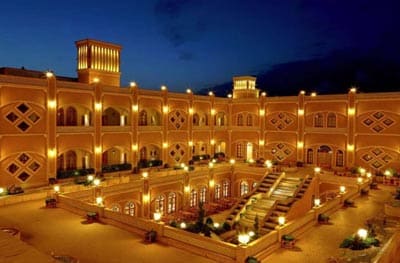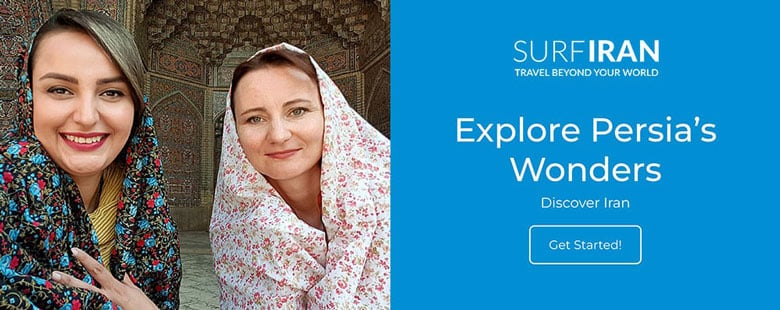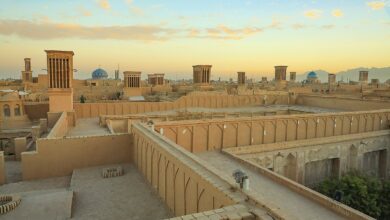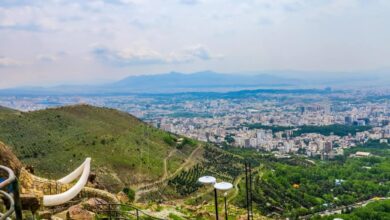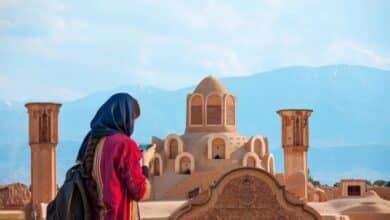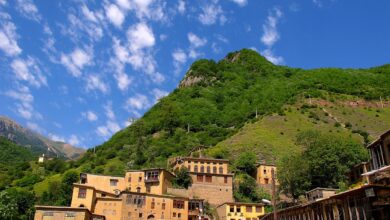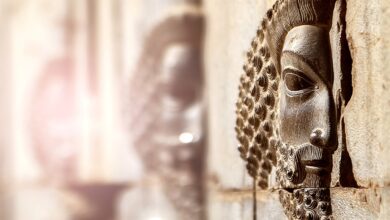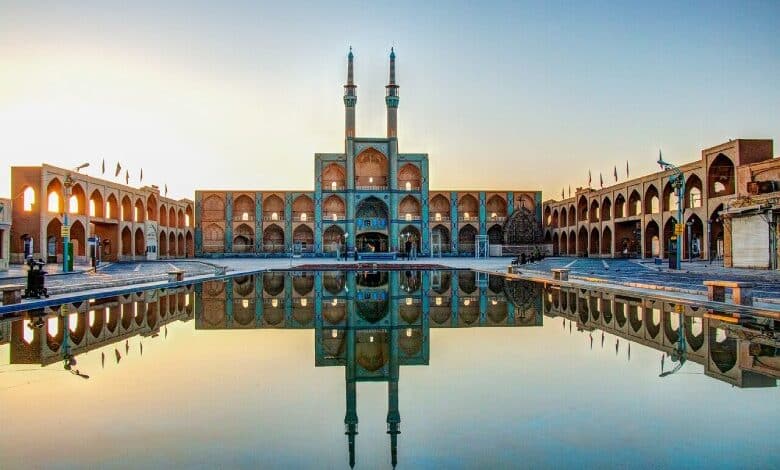
Yazd is a beautiful desert town in Iran extending magnificent architectural wonders and lively cultural activities inviting visitors. Of the many magnificent buildings, the Amir Chakhmaq Complex takes a front row and holds pride of place as the epitome of Yazdi architecture. For hundreds of years, it has remained the very center of activity among locals and travelers alike, symbolizing the artistic expression most perfectly capturing the spirit of the region: functionality blending in harmony with artistry.
The present paper is aimed at providing a background overview of the Amir Chakhmaq Complex, including its historical significance, architectural style, and cultural impact within the context of modern Persian society.
Contents
Historical Background

The Amir Chakhmaq Complex was built in the 15th century during the reign of the Timurid dynasty when culture and art were flowering in Persia. The building got its name from the locally famous chieftain Amir Chakhmaq, who was the governor of Yazd. This monument has, through the ages, served a number of purposes: mosque, marketplace, and social center, thereby representing contemporaneous social life.
Through the ages, the site developed, yet with several renovations and restorations, it retains some of the unique architectural styles of that period. Symbolically, the building reflects the role of the city of Yazd a trading and cultural center of Iran and general from the region.
Architectural Features
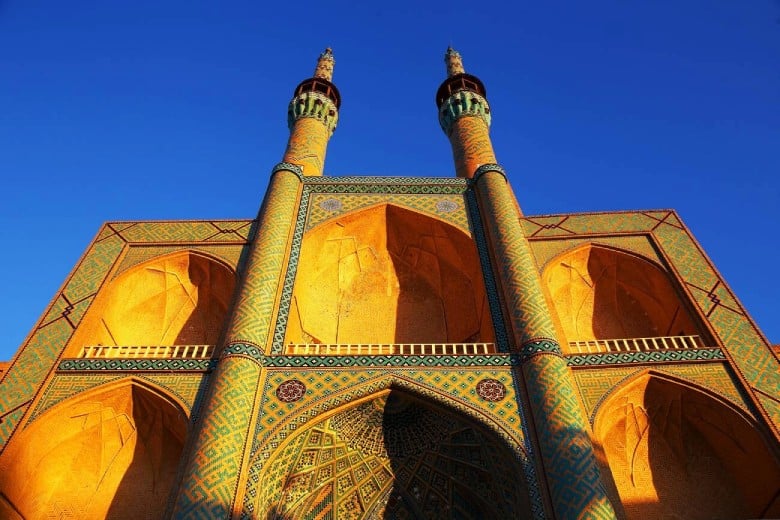
Design
One of the most striking features of this complex is its grandeur, enhanced by intricate tile work and great minarets rising with majesty against the desert sky. The Amir Chakhmaq Complex is a huge area comprising a mosque, a courtyard, and several iwans (a kind of architectural alcove). Here, the general layout is symmetric and harmonious, as reflected in Persian architecture.
Façade Design
The façade design of the Amir Chakhmaq Complex is strikingly symmetrical, having centers and sides arranged in a balanced manner.
Tile Decoration
This complex is interspersed with intricate tile work, along with bright colors and geometrical patterns that symbolize Islamic architecture. The tiles add to the building’s aesthetic value and cultural importance.
It is characterized by its arches, so-called taqs, which are well conceived to operate in the elevation of structural support and beautification of the view from outside the façade.
Water Structures
Traditional Persian architecture uses water structures, such as water channels and fountains in the Amir Chakhmaq Complex, to create an ambiance in the courtyard and make it peaceful in nature.
A number of domed buildings are some of the most striking buildings found in the complex and are not unusual for buildings in Iranian architecture. In most cases, they are introduced in religious buildings and create a beautiful aesthetic and acoustic effect in space.
Minarets
These two great minarets, the tallest in Iran, are about 33 meters high. Attractive tile work done with colors such as turquoise, yellow, and azure makes these minarets phenomenal. The inlays represent the Persians’ artistic talents, whereby there are intricate and complex designs incorporating geometry, flowers, and calligraphy of that time.
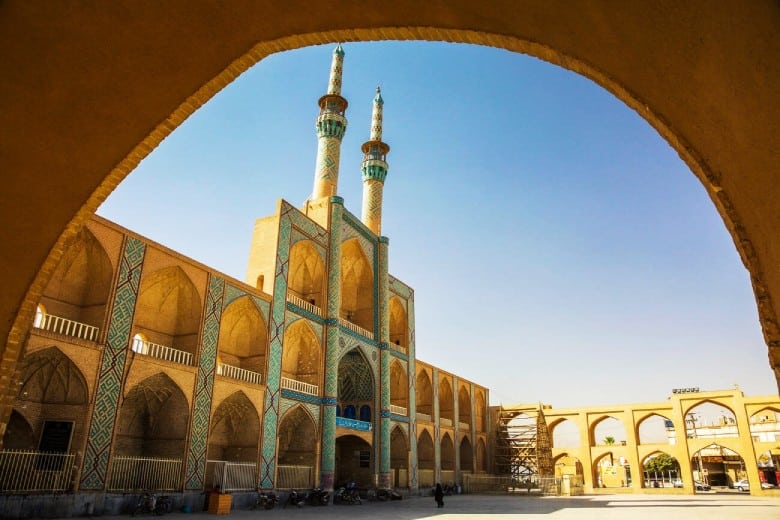
Courtyard and Pools
Another highlight of this complex is the courtyard. In the middle, a pool brings peace, reflecting the sky, and as a reminder of the harmony of nature with architecture, which is a characteristic trait of the Persians. All around, the walls are decorated, stuccoed, and tiled, reflecting peace and beauty.
These are grand arches in the various sections of the complex. Often, they are associated with grand entrances into mosques and palaces; therefore, an integral part of the allure of the complex is the iwans. The central iwan in the main hall features an ornated focal point that serves for gatherings or ceremonies.
Bazaar Integration
Historically, the Amir Chakhmaq Complex was linked with busy bazaars in Yazd, further strengthening its perception as a commercial center. One could easily move from the spiritual space to another for commerce, a trait that symbolized the interaction of life in Persian society.
Cultural Significance
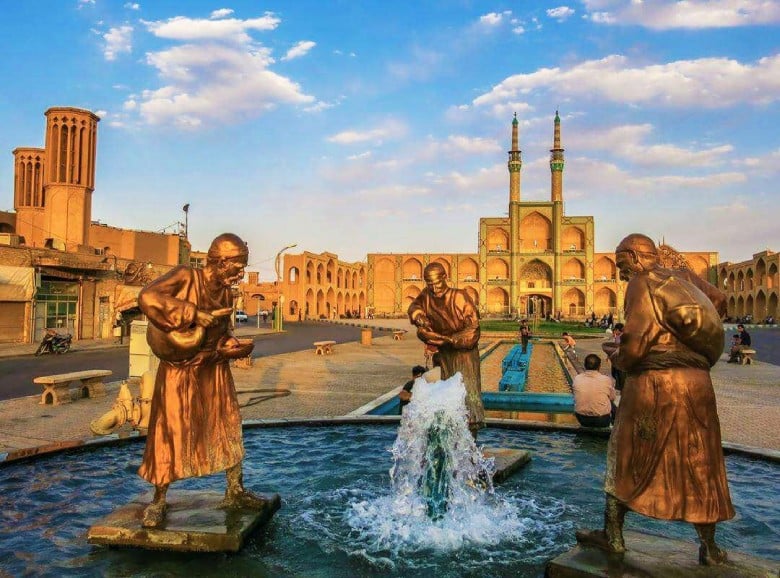
The Amir Chakhmaq Complex is not only a feat of architecture, but it has also grown to become an integral part of the social fabric in Yazd. It has played the role of a platform for religious and cultural events, festivals, and social ceremonies over all these years, acting like a glue in holding the people together. Recently, locals have been seen celebrating their cultural occasions, like Nowruz (the Persian New Year) in its courtyard, which further adds to the ability of the complex to act as one.
This complex also accommodates a huge number of tourists from different parts of the world, which is quite effective in enriching the economy of this area. Either the architectural beauty or the culture of Yazd attracts people to this place.
Key Features of the Amir Chakhmaq Complex
| Feature | Description |
| Location | Yazd, Iran |
| Construction Date | 15th century (Timurid dynasty) |
| Named After | Amir Chakhmaq, a local leader |
| Key Elements | Masjid, courtyard, iwans, minarets, bazaar connectingendra |
| Minarets Height | About 33 meters (108 feet ) |
| Architectural Style | Persian architecture; intricate tile work, stucco designs |
| Cultural Functions | Religious gatherings, social events, commercial activities |
| Significance | Architectural landmark, cultural hub, tourism attraction |
Visitor Experience
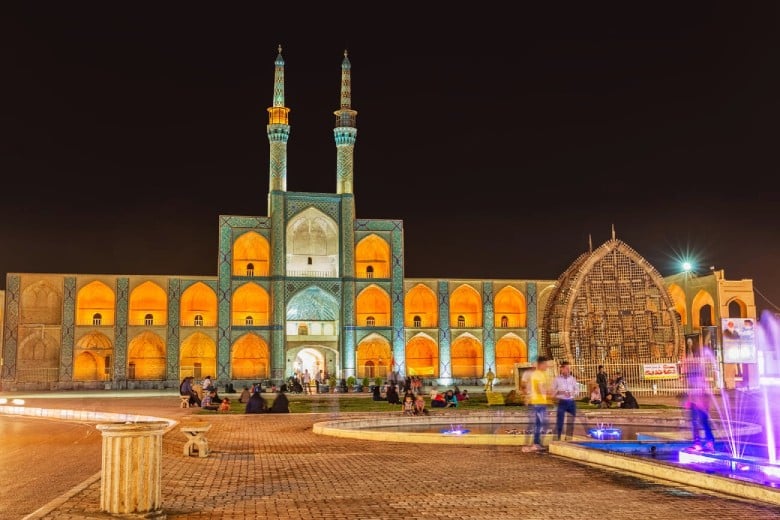
Visitors can be enchanted by the vivid history of Yazd and its architecture at the Amir Chakhmaq Complex. The complex is open to visitation by members of the general public all year round, and guided tours are available in order for tourists to gain insight into its importance, get enchanted by the beauty, and participate in cultural practices.
Enthusiasts of photography will find the complex to be particularly interesting, providing a lot of opportunities to take simply breathtaking views both of the building itself and the general landscape. As the lighting during the golden hours transpires, it provides just the right ambiance—magical, ethereal—needed to capture the soul of Yazd photographers.
Conclusion
Amir Chakhmaq Complex can be rightfully named as one of the cultural and architectural wonders of Yazd. It can be considered not only as an excellent specimen of architecture but also as a live content that developed in the social and cultural character of the area. Through many centuries, it remained a center of life within the community hence providing a thread from the past to present times.
To this day, Yazd has been among the most important tourist and cultural centers throughout the country of Iran, with the Amir Chakhmaq Complex luring visitors from various places, considering the dramatic beauty and rich heritage that Hollywood could have set foot in. This place definitely must be visited by lovers of architecture, history, and inquisitive people who are ever in pursuit of knowledge about the depth of Persian culture.
